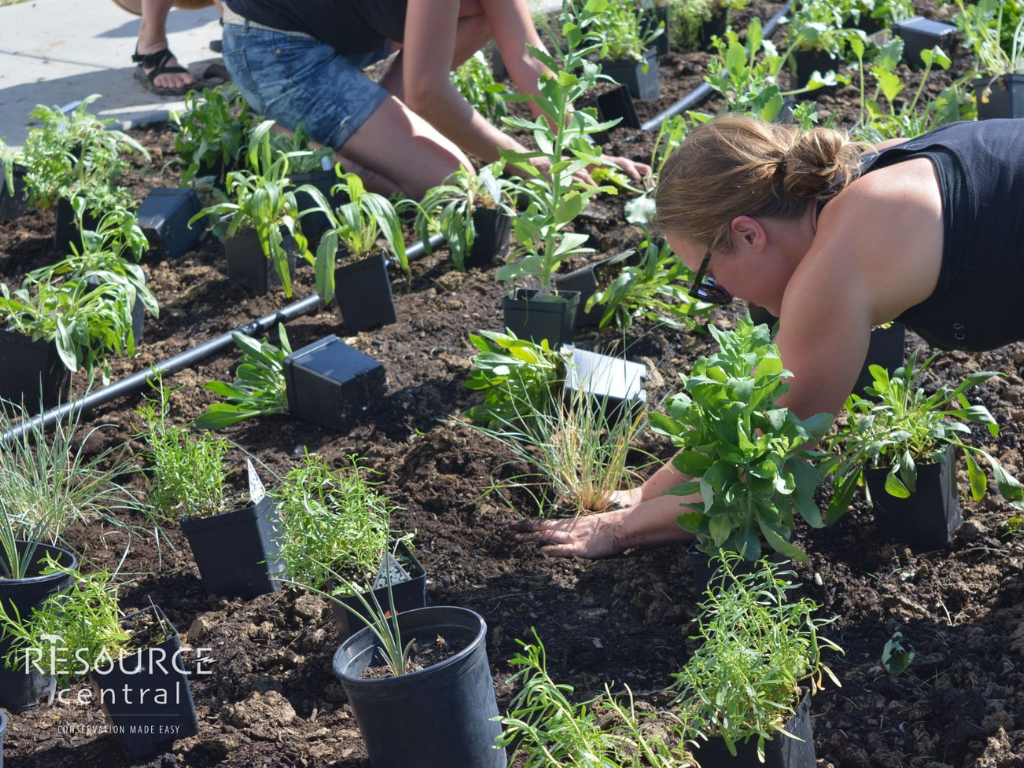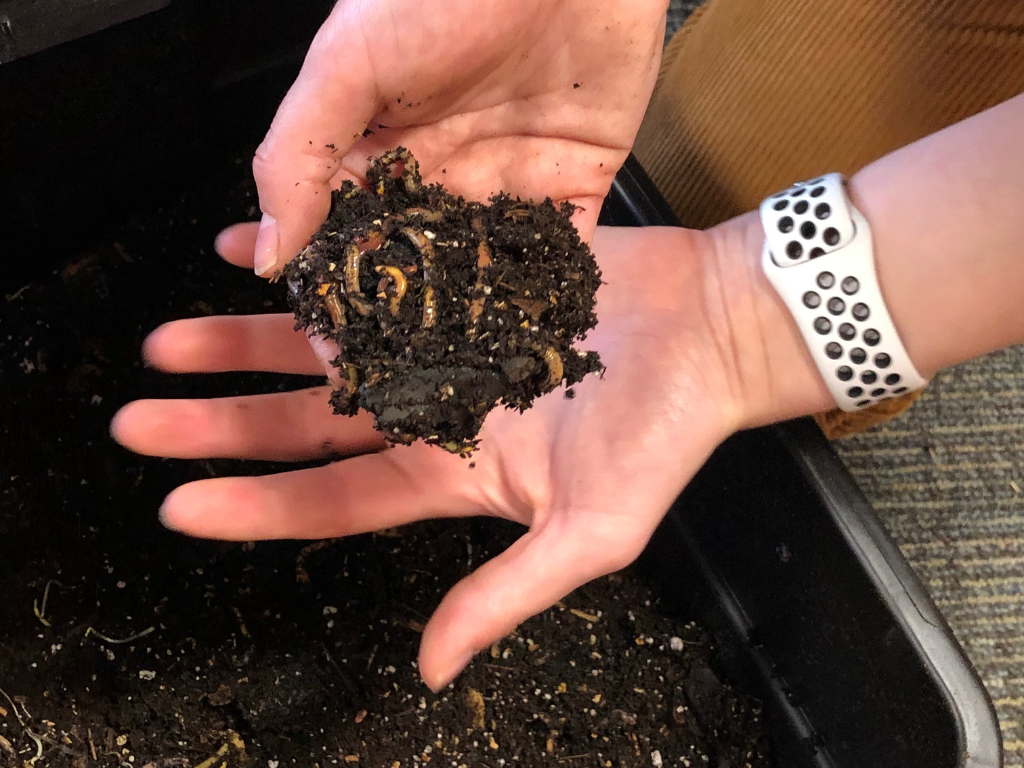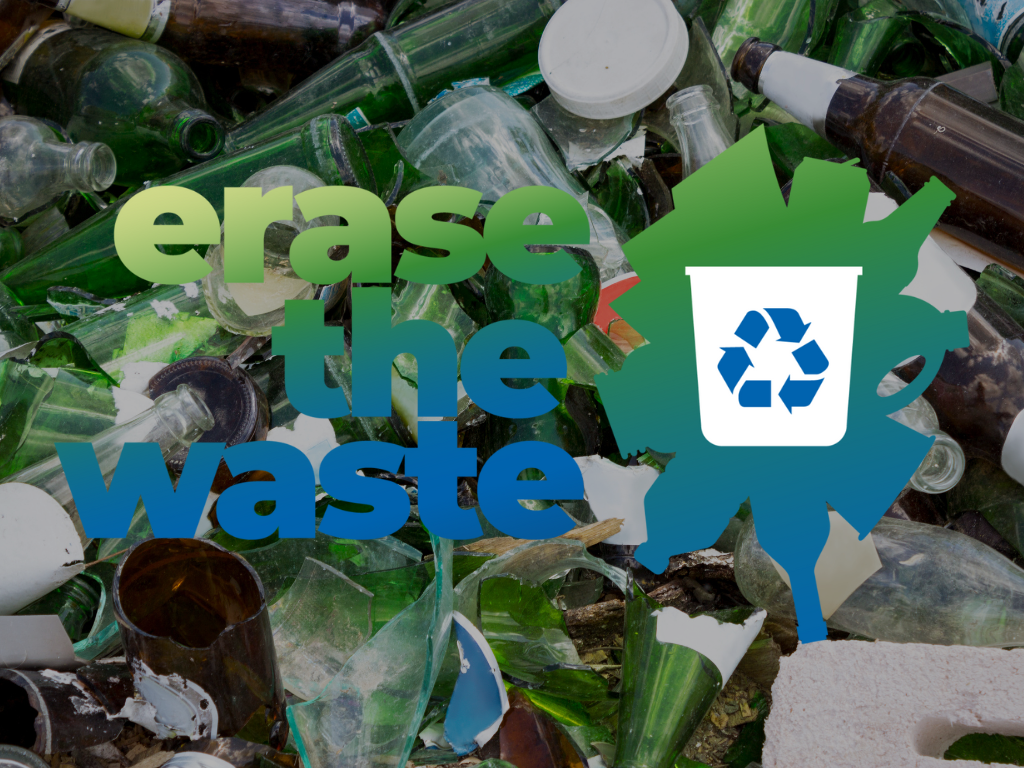JULY 30, 2013 BY
As you all know, our Zero Waste program is about promoting the reduction of waste and the diversion of resources from the landfill. All organic matter is compostable and those of us lucky enough to live in Routt County have access to an industrial composting facility known as Twin Enviro Services, our local landfill, aka “The Milner Mall.”
In working the Zero Waste stations at the Saturday Farmers Markets and Summer Free Concert Series shows, I often get asked questions about composting. There are several options available for us in the Yampa Valley.
One is the residential program offered by Twin Enviro Services. If you live within the city limits of Steamboat, for a small fee, which is the purchase of a 5-gallon bear proof bucket, you can join the program with scheduled pick-ups once a month to once a week depending on your needs. Each pick-up is $8 and should include food waste only. A bucket full of composted soil is available as a perk to the program and anyone who would like to purchase soil can go to the Milner Mall and get a bucket full/truck bed full for $30.
You can also set up a backyard composting area which can be built from wooden pallets, or purchase or build a tumbler. (See links below) If you live in an area where the bears don’t generally travel through, this would work just fine. The composting process takes about a year to break down and is low maintenance. What to put in your backyard compost pile would be fruit and vegetable scraps, eggshells, coffee and tea grounds, lawn clippings, leaves, twigs, non-treated mulch, and paper. If bears and other animals are a concern, the ratio should be more yard-organics (70% clippings and leaves) to household organics (30% food scraps). Without meat, milk and sugary products in the compost, animals tend to stay away because strong aromas aren’t pulling them in.
The last option I would recommend is the Vermiculture technique, which is the use of worms to process your organic waste, their excretions create dirt. This form of composting puts all the work in the “hands” of the worms with little work from you. They munch away at your waste and bacteria and microbes break everything down producing beautiful soil. You can again build your own bin or purchase one. Chris Bradley of Sacred Resource is a great local resource, he’s using local the blue-stain wood from the Bark Pine Beetle Epidemic to design beautiful Vermaculture bins.
Resources:
DIY Compost bin building:
http://www.youtube.com/watch?v=v2F8FEvx6N8&feature=fvwp&NR=1
http://www.youtube.com/watch?v=uSr9tU_vIyE
Vermiculture how-to:
YVSC Zero Waste Tools page:








